Eyes Of The World
An Interview with photographer Jay Blakesberg on the eve of the opening of a museum retrospective of his work.
Hey, it’s been a while since I posted here last. I have been finishing up my next book, Brothers and Sisters, which will be out July 25. I promise that there are a lot more details coming VERY SOON.
I’m really excited about a soon-to-open show at the Morris Museum in nearby Morristown, NJ, featuring the photos of Jay Blakesberg.
Jay is a good friend and frequent collaborator, someone I consider a fellow traveler in the best sense of the phrase. We are two middle class Jewish kids from the Northeast who somehow dedicated our lives to chronicling the music and musicians we were passionately drawn to. I’ve done it with words, and Jay with images. We’ve worked together quite a bit over the decades, perhaps most memorably on a Trey Anastasio/Phil Lesh joint interview that became quite an epic tale, one which I will share up here some day. Here’s the photo he snapped in the 5-10 minutes he had available, backstage at Shoreline Ampitheatre. I was standing right next to him when he took it.
In his first solo museum retrospective, Blakesberg shares his rock and roll photographic journey which began in 1978 in Suburban New Jersey. The exhibit features a deep dive into different aspect of Jay’s body of work; early formative years, live performance, portraiture and the Grateful Dead featuring 126 images. Other artists included in the exhibit include the Grateful Dead, Red Hot Chili Peppers, Soundgarden, David Bowie, Neil Young, Carlos Santana and Joni Mitchell.
Jay had his first photograph published in print at 16, and was paid for the first time a year later by The Aquarian Weekly (a free Weekly paper in New Jersey) for two images that ran with a review of a Grateful Dead concert. These were the first sparks that ignited what has now become a 44 year photography career shooting for every major magazine of the last 30 years, record companies, and directly for some of the greatest artists of our lifetimes. He is particularly associated with the Grateful Dead and its offshoots, for whom he has become virtually a house photographer.
The exhibit and his latest book, Retro Blakesberg, are both culled from his pre-digital film work and both were curated by his daughter Ricki, which is important to mention as a proud papa myself! The show opens with a special members preview this Thursday, October 13, followed by a public opening on Sunday, October 16. Jay will be giving a slideshow presentation both days. This event, free with Museum Admission, will feature a 60-minute slideshow presentation by Jay, a walking tour of the exhibit and a book signing for his new release "RetroBlakesberg: Volume One, The Film Archives."
Congrats on this show, Jay! I’m proud of you. Does it feel in some ways like validation of your career and life?
Yes, of course. It is a MUSEUM show at a Smithsonian Affiliate museum! I guess there was a reason after all to hold on to all that Ephemera from my life’s journey!!
I ask that because guys like you and I dedicated ourselves to something we loved and believed in and for me, there were points 20 or so years ago when I doubted my choices. My books and the responses to them have been really validating and those thoughts are long gone. I wonder if you ever went through anything similar.
Of course. That’s probably the reason I stopped taking LSD in the earlier days of my career. I wouldn’t want to over think my career choice and/or the work itself.
Describe the scope of the exhibition, which looks quite impressive.
There are four galleries, with 126 prints and ephemera in glass cases. One gallery is dedicated to Live concert photos. One gallery is portraits, one gallery is Grateful Dead and one gallery is early work/formative years.
You are a New Jersey native, though you have lived in The Bay Area for decades now. Did that have anything to do with this exhibit being here in NJ?
Sort of - but indirectly. I don’t think it was a deciding factor for the museum. I moved away from Elizabeth to Clark, NJ in 1971 (5th grade) and my kindergarten best friend Mark Gershman and I didn’t see each other for 30 years, but we clearly drank the same water because his first Grateful Dead concert was also my first (Englishtown in 1977) and we both still like and go see the same music. We reconnected 20 years ago when I published my first book Between the Dark and Light - The Grateful Dead Photography of Jay Blakesberg and Mark showed up at a book signing in Boulder, Co and handed me a copy and asked if I would sign it to "Mark Gershman” and we have been re-connected ever since. His retired mother was a volunteer at the Museum for many years, and she brought my name to the attention of the museum curator. Just before the pandemic we started a conversation about a possible show, with a note to circle back in a year. I had it in my calendar but just assumed they were not interested and had moved on, but about 2 weeks after the date we had in the calendar, the museum reached out. The curator then left his position after our initial discussion, when they gave me a “loose commitment” to do the exhibit, but when he left, I again thought…hmmm, new curator, it probably won’t happen…but the museum just kept moving forward, and with universal support from everyone there, we were a go... and here we are.
At what point did you start considering yourself a photographer rather than a guy with a camera?
I think I’m still just a hippie with a camera! I guess I started considering myself a professional photographer when I was being published regularly in magazines (remember those things - magazines?) and photography was my only source of income.
Do you feel like you’ve been at all the shows you’ve shot? Like, does working them and watching through your lens take you out of the game of being a fan?
It’s hard for me to separate at this point because if I go to a show without a camera - which I rarely do - all I see are photographs that need to be made! I truly enjoy the shows thru the lens...
Kirk West told me that he saw a lot of shows that he didn’t really hear. Do you relate to that?
Sure, I relate, but feel differently. I just saw them thru a different filter.
Did working on Retro Blakesberg and putting together the prints for this exhibit give you any renewed appreciation for working with film?
I never lost that appreciation even though I haven't shot film in 14 years. I think putting the exhibition and book together - which by the way were both curated by my daughter Ricki - made me feel proud of the body of work I have created. And I was only looking thru my film images!!! I feel the same way about my digital work now…but it took a minute to feel that way because the technology needed to catch up. Early digital cameras were a disappointment on many levels, but now I am happy with where that is at…but I still do miss shooting film. It is just not part of my workflow, and probably too difficult to get back in the mode of shooting film.
You’re very good at post production with digital. How much does that change the process of taking pictures?
Huge changes. We had to re-learn everything we knew about photography. Because I had a background in traditional film photography I was able to make the transition and take those film based skills and apply it in the digital world with the help of several very smart and tech savvy young people. My first digital manager in my studio - Paul Halmos - was old enough to have worked in a darkroom, and young enough to have had technology in his life at a young age. My next guy - Ben Kautt - Started with me when he was 18 and worked for me for 12-13 years and really taught me a lot.
Can you expand just a bit more briefly on the differences between shooting in film and black and digital.
With film, we relied on a whole host of camera formats and film types which allowed numerous ways to express ourselves creatively and also develop a unique style. I have always been very engaged in the history of photography and the leaders in the field which have always been a huge source of inspiration. At first with Digital, there were a ton of limitations in terms of gear, sensors, resolution, software and understanding of the medium. Now post production and software plays as big a role in workflow and the creative process as shooting. Yes there was post production creativity in the darkroom, but it is still not apples to apples.
Has making this crazy world of ours a career dampened your enthusiasm for the music at all?
Not at all! Love every minute of the magical musical moments I get to experience…and usually I have a front row seat!
I admire your openness in your presentations, including talking about your drug bust and incarceration. Is it your feeling that it’s all part of the story and has to be known to understand the journey and maybe even the art?
I think when people see my slideshow presentation it helps them understand the journey better and how I got here. There were a lot of struggles and a ton of hard work that went in to it, and still goes in to it. Everything I have and the arists I work with comes from that journey, and those 10,000 - gazillion++++++ hours I have in to it!
You’ve become more and more known for your live shots, but I also love your portraiture. How different is it in terms of skill set and how do they relate as well?
Nowadays it is a live concert shot business. There were way more magazines back then that needed portraits for their covers and feature stories. Live shots were the second class citizens. For me, the early decades were as much about portraits and off stage work as performance. When you are doing a portrait, as the photographer - you are the director. You are in control of lighting, film choice, where and how people sit or stand. When you shoot a live performance you are at the mercy of all those elements -stage lighting, microphone stands, where you are able to be in relation to the stage, the crowd, where the band is standing…and you are waiting for that moment when you are able to capture lightning in a bottle in a fraction of a second. It is a very different skill set. There used to be JUST live performance shooters and JUST portrait shooters - you didn’t do both. I always loved both sides. The intimacy of having someone like Neil Young in front of your lens under your direction, or the magic of Neil Young on stage doing his thing and trying to capture images that sum up that experience from that night! Both to me were and still are exhilarating!!!
Alan Paul’s last two books – Texas Flood: The Inside Story of Stevie Ray Vaughan and One Way Out: The Inside History of the Allman Brothers Band – debuted in the New York Times Non Fiction Hardcover Bestsellers List. His first book was Big in China: My Unlikely Adventures Raising a Family, Playing the Blues and Becoming a Star in Beijing, about his experiences raising a family in Beijing and touring China with a popular original blues band. It was optioned for a movie by Ivan Reitman’s Montecito Productions. He is also a guitarist and singer who fronts two bands, Big in China and Friends of the Brothers, the premier celebration of the Allman Brothers Band.



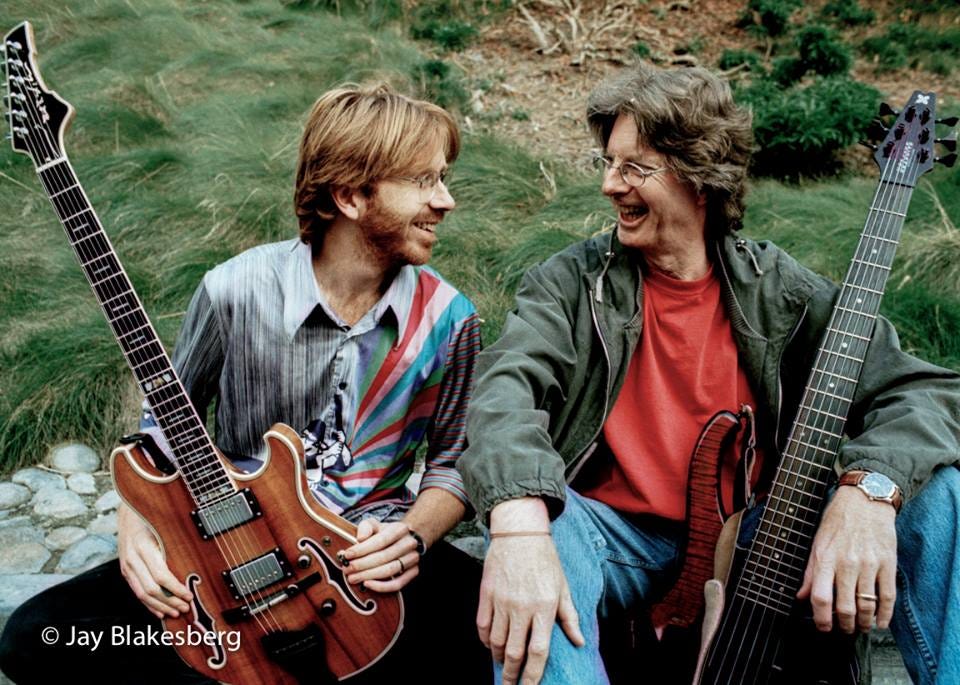
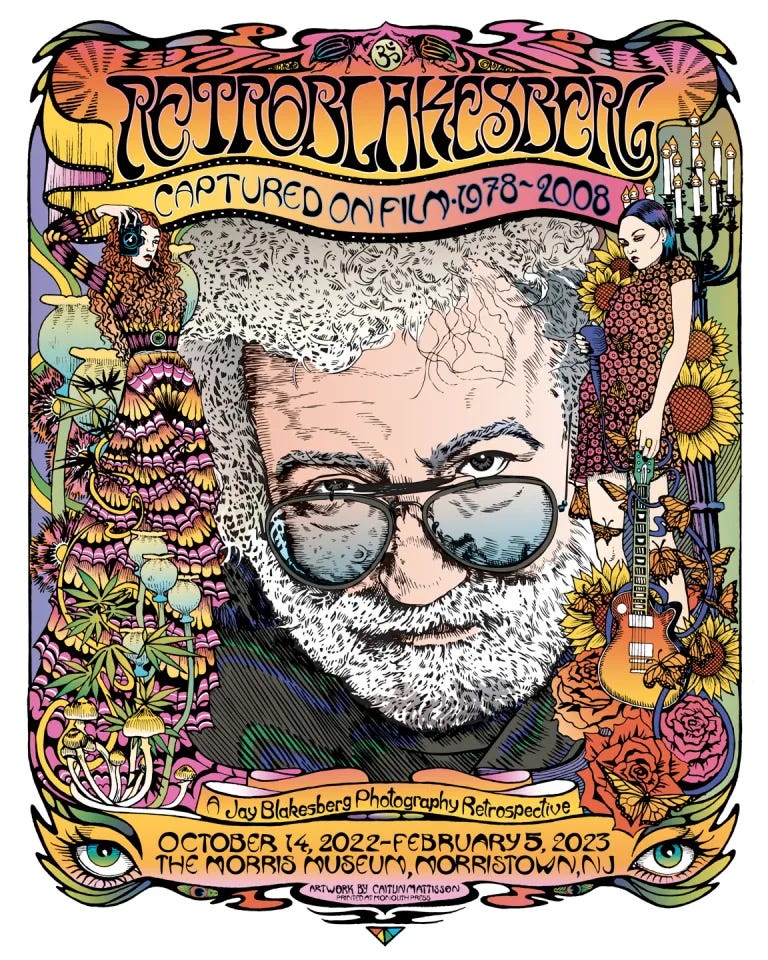
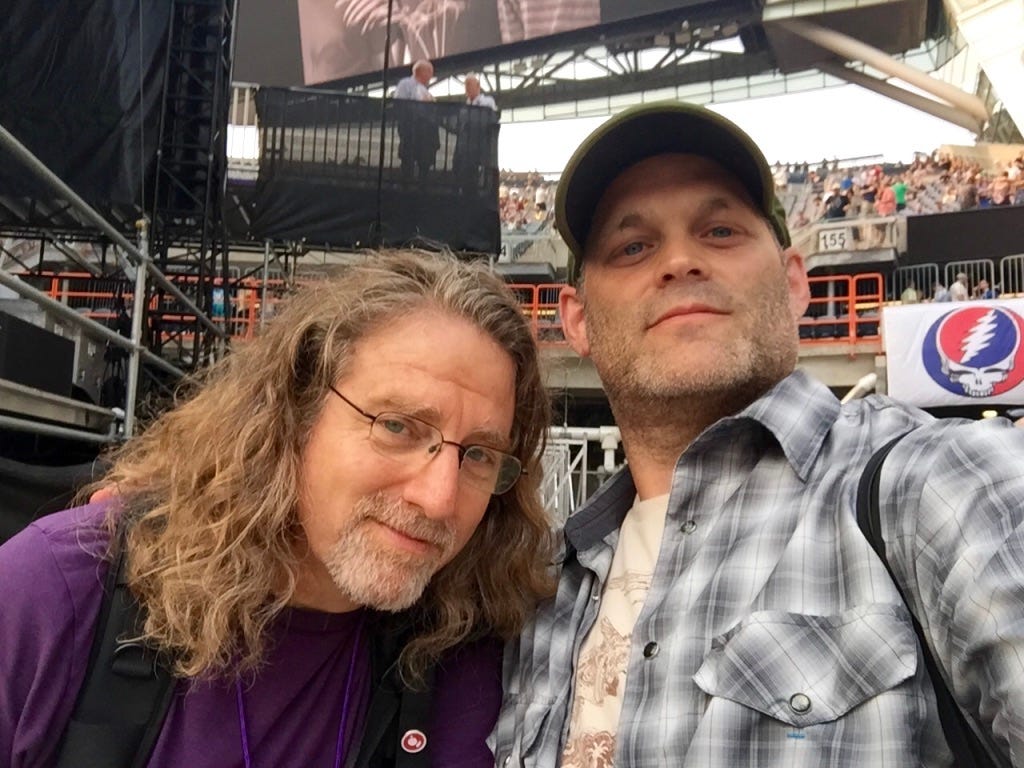
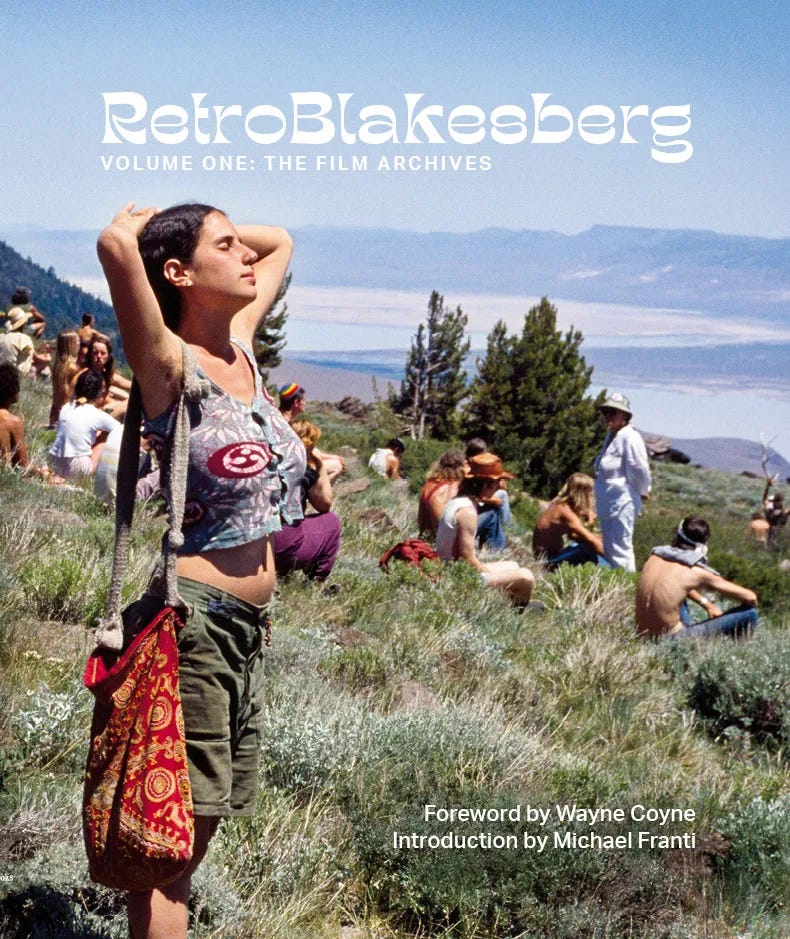
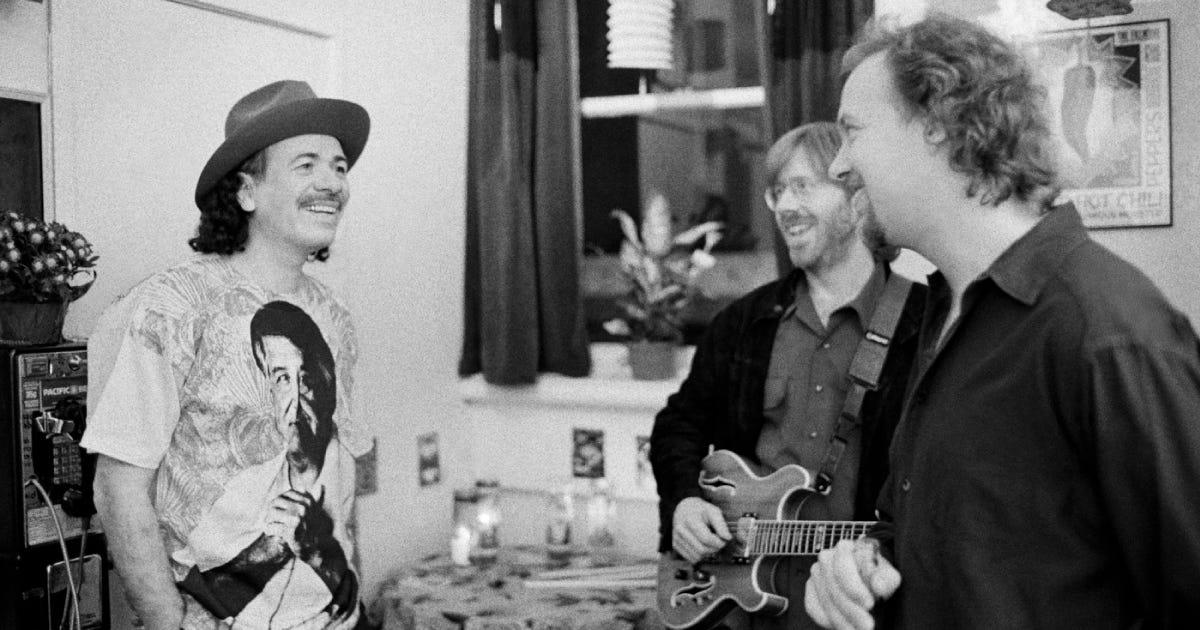
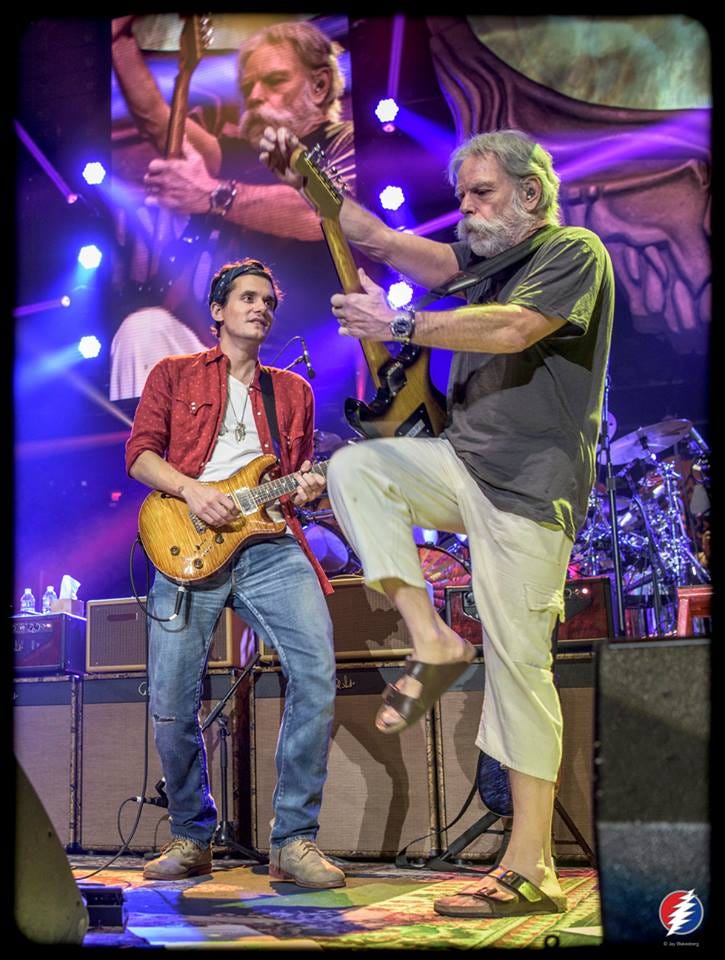
This is a great interview Alan. Been lucky enough to share the pit with Jay a couple of times. He wears purple well :)
This was great-